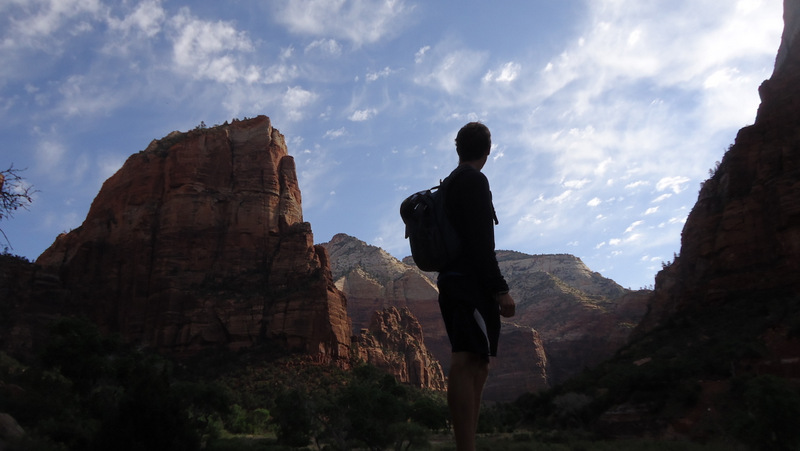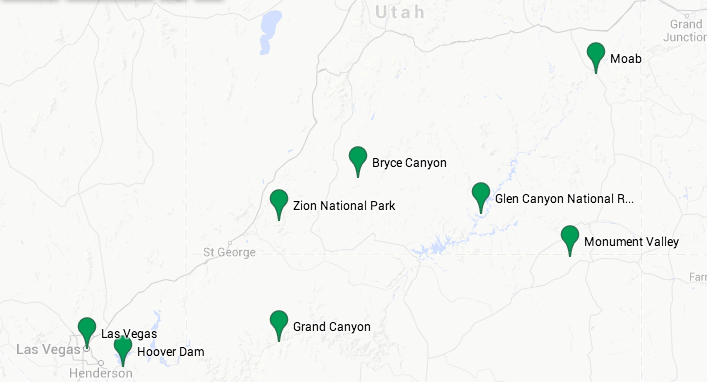Ancient Egypt is the object of endless fascination, and nothing quite fascinates as much as the strange lengths the Egyptians went through to preserve their dead. Mummies are a staple of any good archaeological museum. The best, of course, are in Egypt, where Cairo’s National Museum has several galleries of them. Small regional museums throughout the country are also full of mummies.
(above) Cartonnage of a priestess, adult, casing with a gilded face, named Tayesmutengebtiu, also called Tamut. Found in Thebes, 22nd Dynasty (c. 900 BC). © Trustees of the British Museum.
Sadly, Egypt has seen a fall in tourism thanks to political instability and a rash of public sexual harassment that seems to have become something of a national sport for some young Egyptian men. This is too bad, because the month I spent in Egypt back in 1991 is one of my most enjoyable travel memories. Times have changed, though, and it’s understandable that many travelers are looking elsewhere. Luckily, missing Egypt does not mean you have to miss the mummies! Here are five countries where you can see some great collections of preserved people.
CT scan 3D visualization of the mummified remains of Tayesmutengebtiu, showing her skeleton and amulets. © Trustees of the British Museum.
England
Visitors to England this year will find the country in the grips of Egyptomania, with two major Egyptology exhibitions. The British Museum in London is hosting Ancient Lives, New Discoveries, an in-depth look at eight ancient people from Egypt and Sudan. All were mummified either on purpose or by natural processes and come from a variety of historical periods. One woman who died around 700 AD in the Sudan had a Christian tattoo. By using the latest imaging technology, usually reserved for hospital patients, scientists at the British Museum have been able to reconstruct a host of details about how these people lived and died. The show runs until November 30. Also check out the museum’s regular collection in its world-class Egyptology gallery.
An hour north of London in Oxford, the Ashmolean Museum is hosting a show about the most famous mummy of all. Discovering Tutankhamun tells the story of one of the greatest archaeological discoveries of all time with Howard Carter’s original records, drawings and photographs. The show runs until November 2. There’s also a good permanent Egyptology collection that includes a few old-school wrappers.
Dedicated Egyptologists will not want to miss University College London’s Petrie Museum. Tucked away on campus, it’s easy to miss and yet has one of the largest collections of its kind in the world. The display cases are jam-packed with ancient artifacts, including a collection of evocative mummy portraits, painted likenesses of the deceased that were put over the mummy’s face during the Greco-Roman period.
This woman from the Sudan died around 700 AD and was naturally mummified after she was buried in the desert. She has the monogram of St. Michael tattooed on her thigh. © Trustees of the British Museum.
Sudan
Adventurous travelers who want to see mummies in their original land might want to consider Sudan, home to a culture as old as that of Egypt. Sudan and Egypt were in close contact all through their history. During the 25th Dynasty (712–664 B.C.) the Sudanese even ruled over Egypt. Many practices found in Egypt, such as making pyramids and mummies, were also done in the Sudan.
The Sudan National Museum in the capital Khartoum covers the ancient history of the kingdoms of Kerma, Kush and Meroë. The art is closely related to that of Egypt to the north, yet retains a distinct style. Several mummies are on display.
The face of the Tollund Man. Image courtesy Wikimedia Commons.
Denmark
Preserved ancient bodies aren’t always made on purpose or dried in the desert sands. In northern Europe, several bodies have been found preserved in peat bogs. The best have been found in Denmark and are on display at the National Museum in Copenhagen.
Some of these bodies are incredibly well preserved. The Tollund Man, for example, who died around 400-300 B.C., would be recognizable to the people who knew him. He was found with a rope around his neck, having been hanged or strangled. Many other bog bodies show signs of having been killed. Were they sacrifices to the gods, or criminals who were executed? Nobody knows, but you can come face to face with these people from the past and make your own conclusions.
Juanita, a frozen child sacrifice, before she was unwrapped. Image courtesy The Colca Specialist.
Peru
Mummies aren’t only found in the Sahara. In Peru there was a tradition of making human sacrifices on top of cold, dry mountains. In the lowland deserts, where rain hardly ever falls, even natural burials can become mummified.
The most famous Peruvian mummy is Juanita, a human sacrifice from the 15th century AD. She was aged 11-15 when she was clubbed to death and left atop an Andean peak. She’s now preserved at the Museo Santuarios de Altura in the lovely Spanish colonial town of Arequipa. Naturally preserved mummies are common in Peru’s harsh lowland desert as well, and are on display at most lowland archaeological sites and museums.
The Temple of Dendur in the Metropolitan Museum of Art, New York. Image courtesy Wikimedia Commons.
The United States
Americans don't need to leave home to find good mummy collections. The best by far is the Metropolitan Museum of Art in New York City, which not only has the usual mummies and sculptures, but an entire Egyptian temple brought over from Africa.
The Museum at the Oriental Institute in Chicago has an excellent collection as well, along galleries covering all the major ancient civilizations in the Near East. Travelers on the West Coast will want to visit the Hearst Museum of Anthropology in Berkeley, which has mummies from both Egypt and Peru.






















